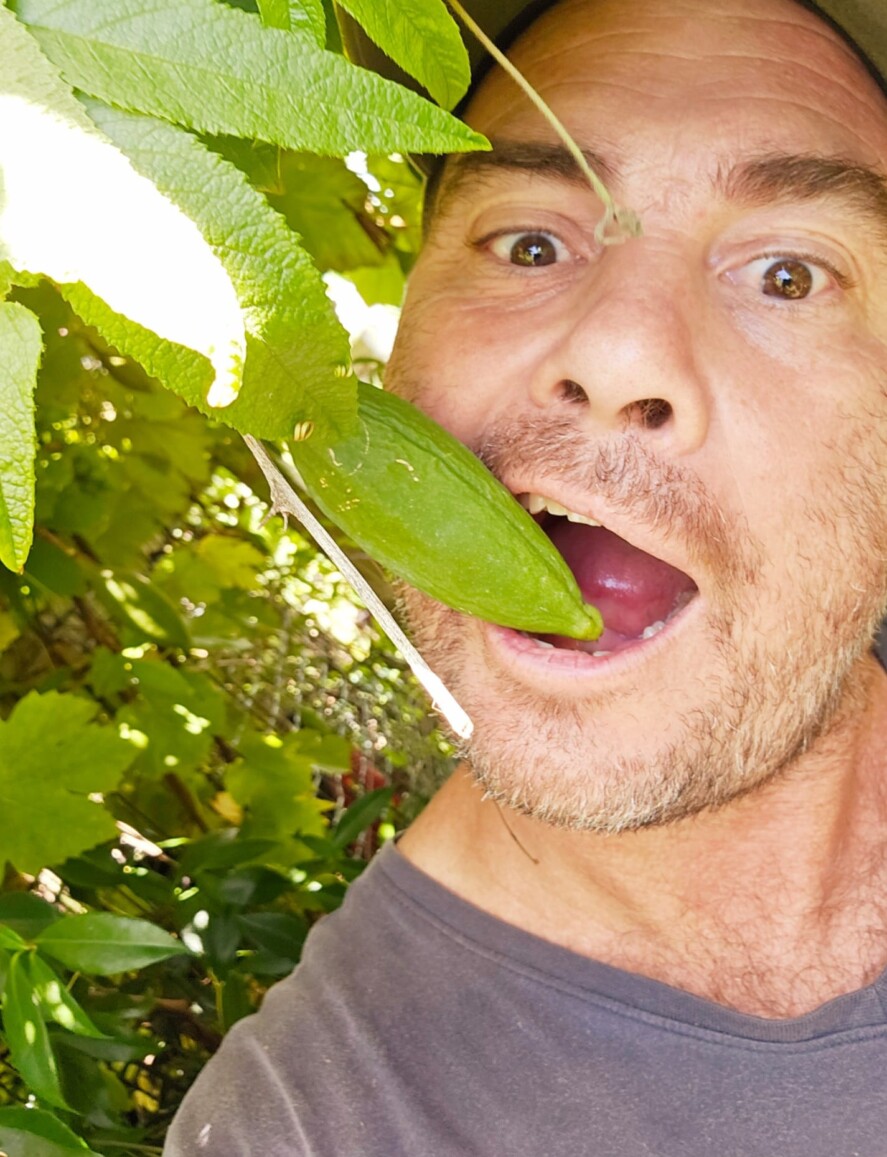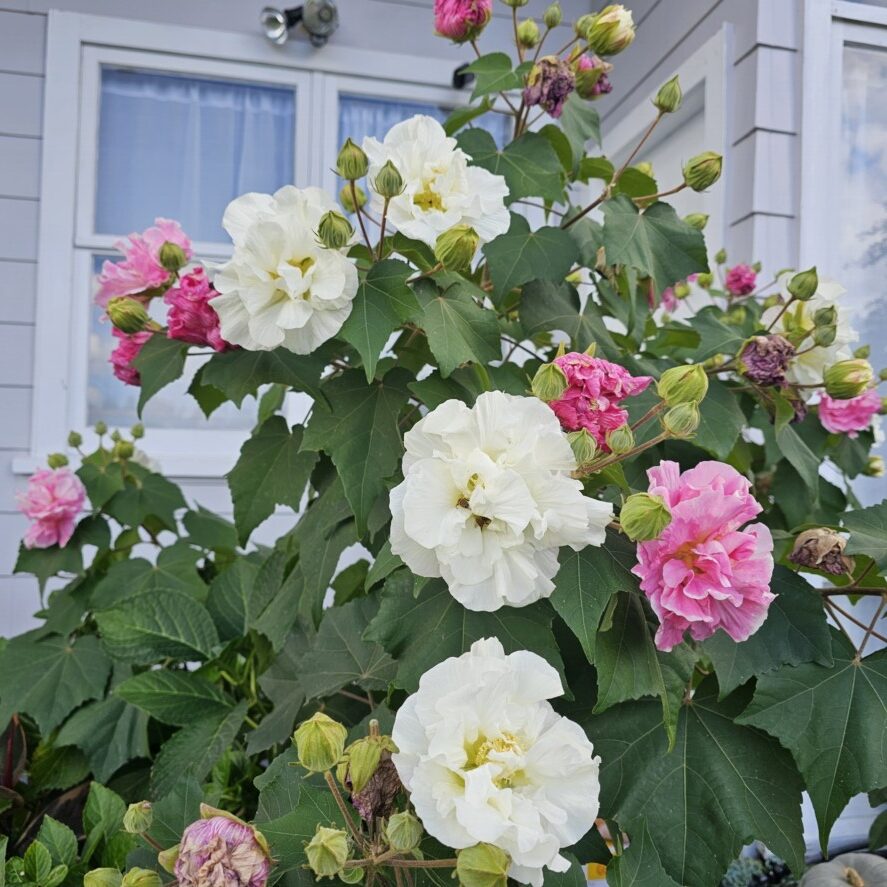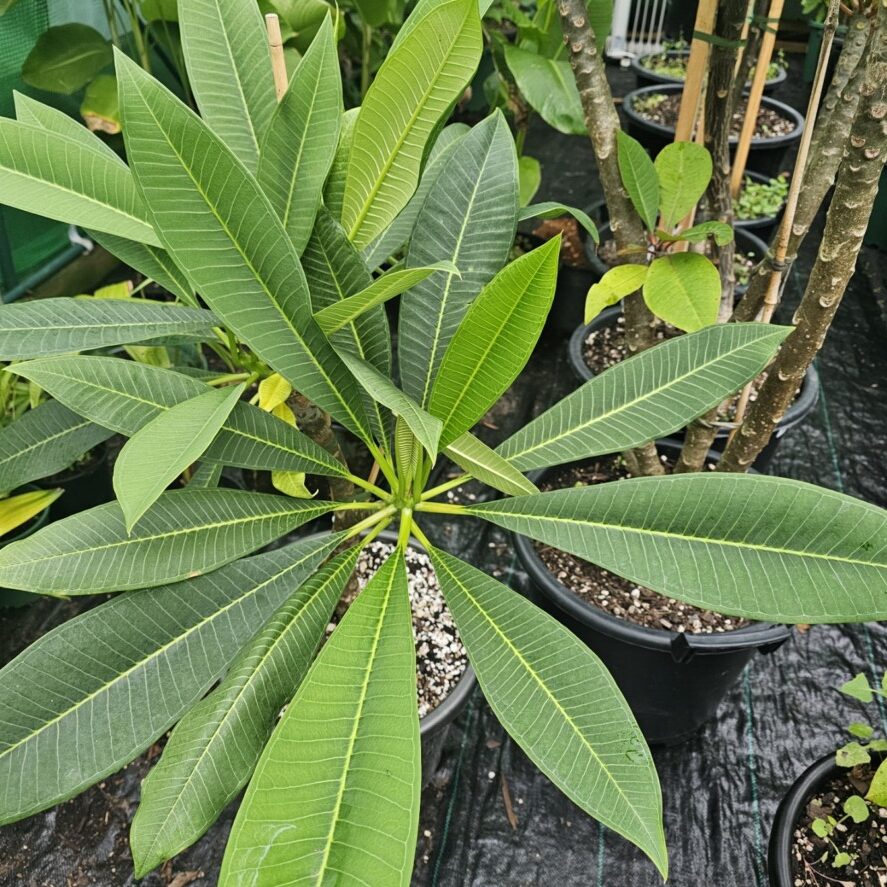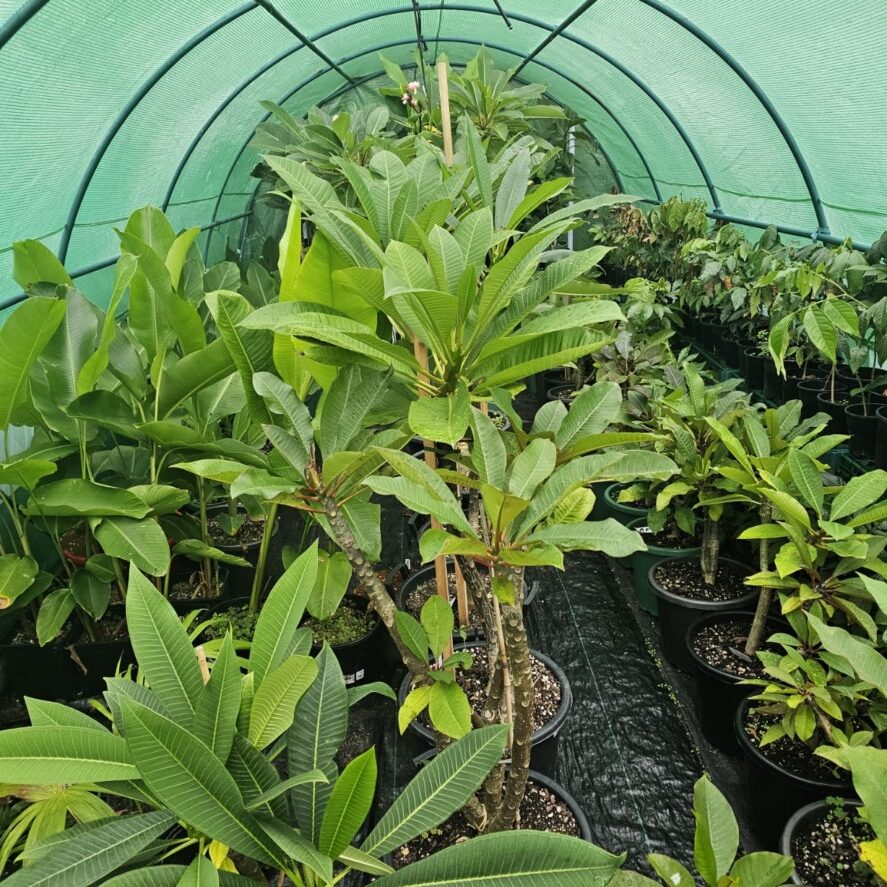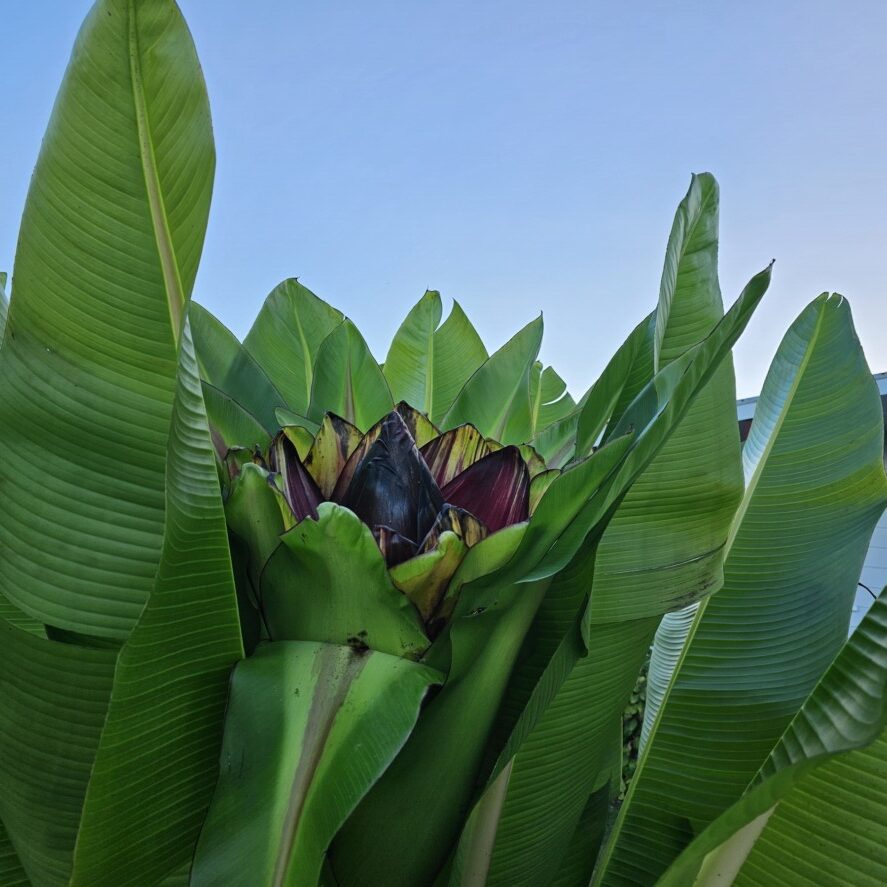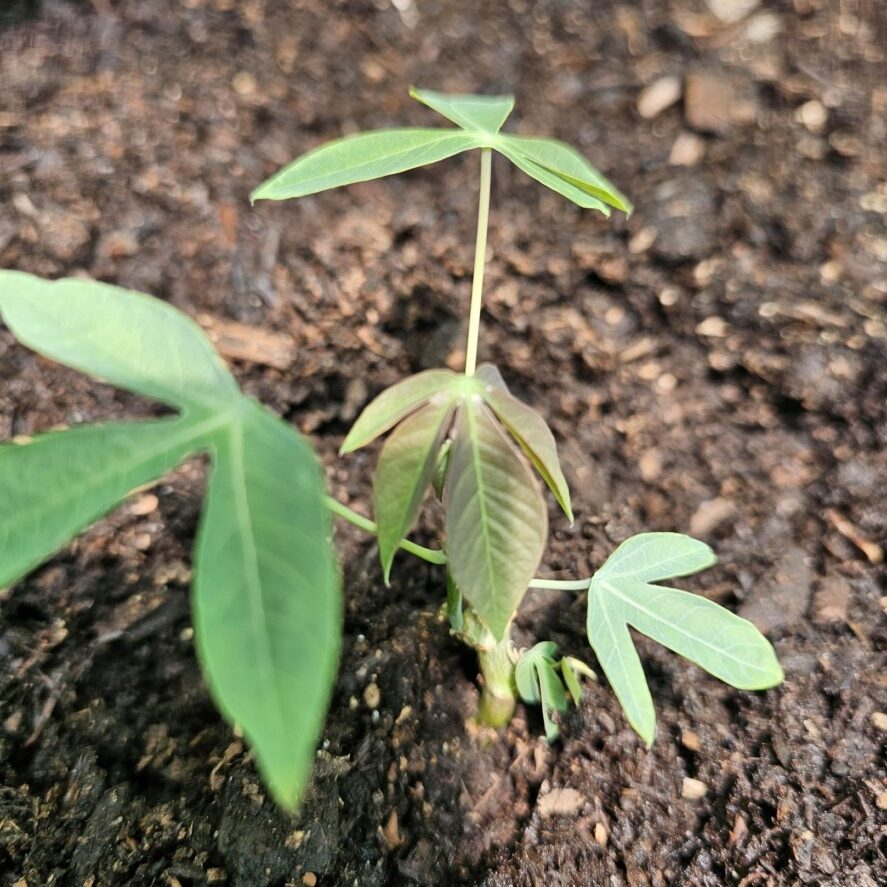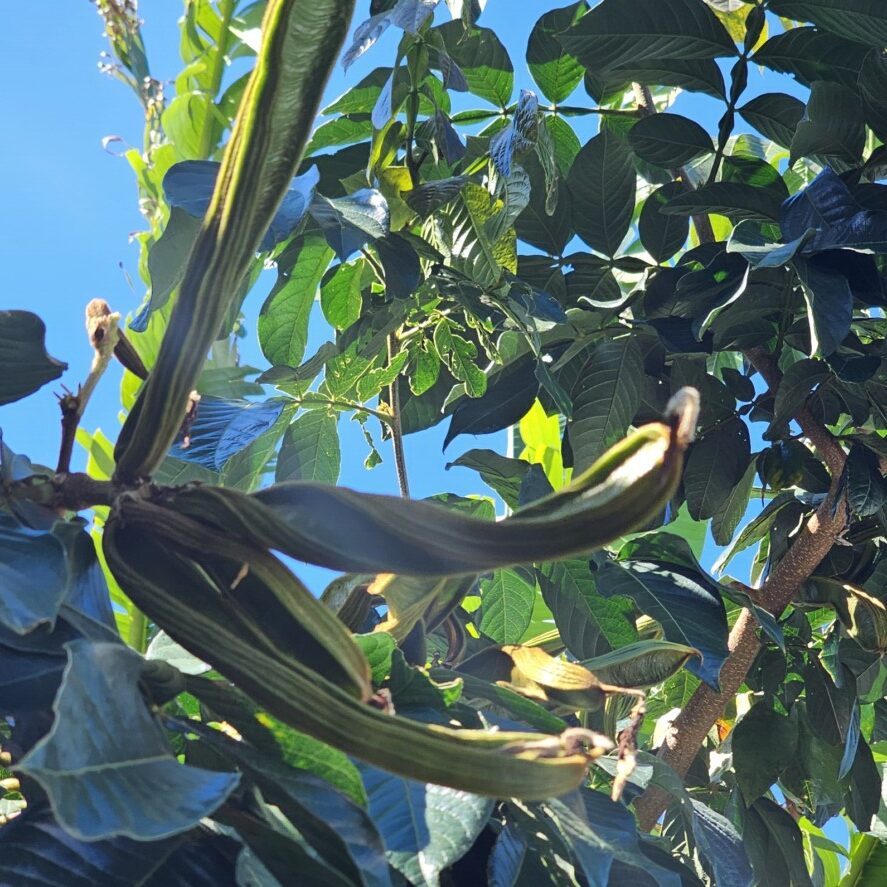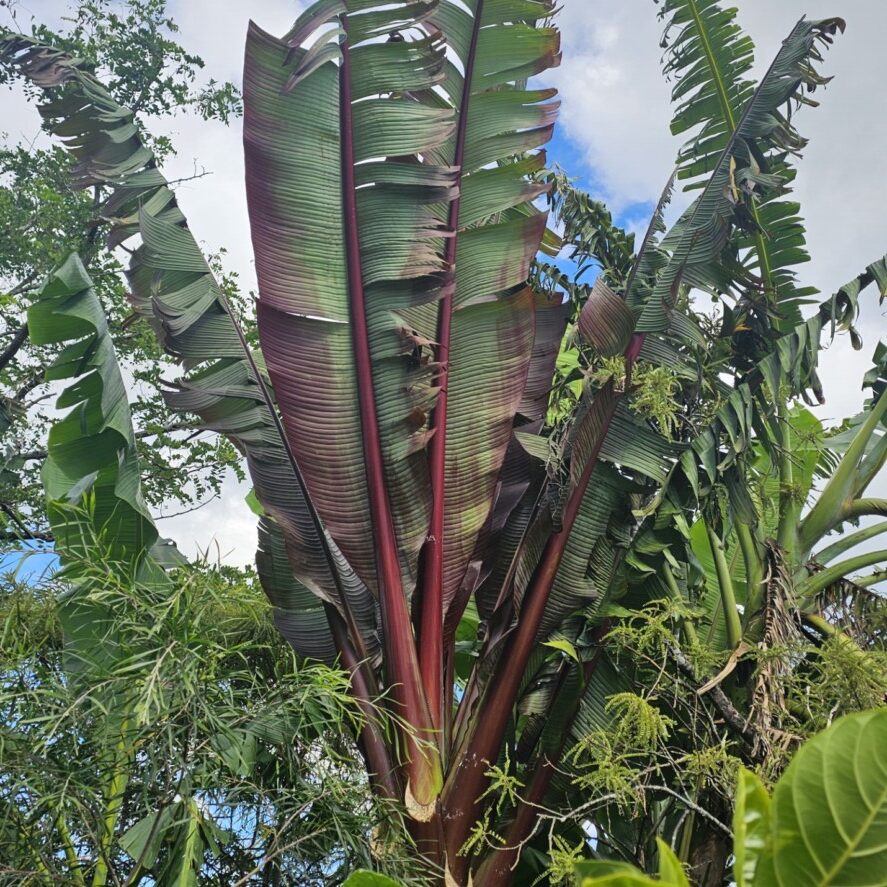-
Troppo Plant & Garden Articles
- Te Puke Region
- TROPPO’s Food Forest in Te Puke, BOP (www,foodforest.org.nz)
- Troppo’s Plant Collection
- TROPPO's Nursery Directory
- Food Forests of New Zealand (www.foodforests.nz)
- Nursery Map - Plant Suppliers of NZ Directory (www.nurserymap.nz)
- Kids Garden Corner
- New Zealand Garden Bird Survey
- New Zealand Garden Groups
- Delicious Recipes
How to Maximize Sunlight in Your Te Puke Garden for Tropical Fruit Production

Welcome, fellow fruit enthusiasts, to the Troppo.nz blog! Here in sunny Te Puke, we’re blessed with a fantastic climate for growing all sorts of delicious tropical and subtropical fruits. But even with our abundant sunshine, understanding how to make the most of it is key to a truly thriving garden and a bumper harvest.
This guide will walk you through practical steps you can take to ensure your precious mangoes, passionfruit, pineapples, and more are soaking up every last ray of sunshine they need to flourish. Let’s get growing!
1. Understand the Sun’s Journey in Your Garden:
Before you even think about planting, take some time to observe how the sun moves across your garden throughout the day and the year.
- Track the Sunlight: On a sunny day, walk around your garden at different times – morning, midday, and afternoon. Notice which areas get direct sunlight and for how long. Some spots might be shaded by buildings, fences, or large trees.
- Consider the Seasons: Remember that the sun’s path changes throughout the year. In summer, it will be higher in the sky, casting shorter shadows. In winter, it will be lower, leading to longer shadows. This is especially important for plants that need consistent sunlight during their fruiting season.
- Note Existing Obstructions: Identify any permanent structures or large plants that cast significant shadows. These areas might not be ideal for sun-loving tropical fruits.
2. Strategic Plant Placement is Key:
Once you understand your garden’s sun patterns, you can start placing your plants strategically:
- Full Sun Lovers First: Prioritize placing your most sun-hungry tropical fruits (like mangoes, pineapples, citrus, and passionfruit) in the areas that receive at least 6-8 hours of direct sunlight per day, especially during their active growth and fruiting periods.
- Consider Plant Height at Maturity: Think about how big your plants will eventually get. Don’t plant smaller, sun-loving plants in the shadow of future giants. Consider the mature height and spread of trees and shrubs when planning your layout.
- North-Facing Slopes are Your Friends: In the Southern Hemisphere (like here in Te Puke), north-facing slopes generally receive the most direct sunlight throughout the day. If you have a sloped garden, this is prime real estate for your tropical treasures.
- Stagger Planting: If you’re planting multiple rows of plants, consider staggering them. This can help ensure that taller plants don’t completely shade shorter ones.
3. Pruning for Sunlight Penetration:
Regular pruning isn’t just about shaping your plants; it’s also crucial for maximizing sunlight exposure to the inner parts of the plant and developing fruits.
- Open Up the Canopy: Prune away dense, inward-growing branches that block sunlight from reaching the center of the plant. This improves air circulation too, which helps prevent diseases.
- Remove Dead or Diseased Branches: These branches serve no purpose and can shade healthy parts of the plant.
- Consider Light Requirements for Different Stages: Some plants might benefit from more open pruning during their fruiting season to allow maximum sunlight to reach the developing fruits.
4. Utilizing Reflective Surfaces (Simple Tricks):
You don’t need fancy equipment to bounce a little extra light onto your plants:
- Light-Colored Walls and Fences: If you have walls or fences near your garden, painting them in a light color (like white or pale yellow) can help reflect some sunlight onto nearby plants.
- Strategic Placement of Light-Colored Objects: Even placing large, light-colored stones or mulch around your plants can subtly increase the amount of reflected light they receive.
5. Managing Shade from Existing Structures and Plants:
Sometimes, you can’t completely avoid shade, but you can manage it:
- Consider Relocation (If Possible): If a plant consistently struggles due to lack of sunlight, and it’s feasible, consider transplanting it to a sunnier spot during its dormant season.
- Strategic Pruning of Shade-Casting Plants: If a large tree is casting too much shade on your fruit trees, consider carefully pruning some of its lower or inner branches to allow more light through. Always prune responsibly, considering the health of the larger plant.
- Embrace Partial Shade for Certain Varieties: Some tropical fruits, especially when young or during the hottest part of the day, can actually benefit from a little afternoon shade. Research the specific needs of your plants.
6. Consider Vertical Growing:
If your garden space is limited or you have areas with less direct sunlight at ground level, think about growing vertically:
- Trellises and Climbing Frames: Train vining tropical fruits like passionfruit and some types of beans to grow upwards on trellises or frames. This exposes more of the plant to sunlight and can also improve air circulation.
- Wall-Mounted Planters: Utilize sunny walls to grow smaller tropical fruits or herbs in containers.
7. Don’t Forget Soil Health and Watering:
While sunlight is crucial, healthy soil and proper watering are equally important for vigorous growth and fruit production. A well-nourished and hydrated plant will be better able to utilize the sunlight it receives.
By implementing these strategies, you can significantly enhance the amount of sunlight your tropical fruit plants receive in your Te Puke garden. Remember to observe your garden regularly, adapt your approach as your plants grow, and enjoy the delicious rewards of your sunny efforts!
Happy Growing from the team at Troppo.nz!
#TropicalFruit #TePukeGardening #SunlightMaximization #FruitGrowingTips #NZGardening #HomegrownFruit #Passionfruit #Mango #Pineapple #SubtropicalGarden

